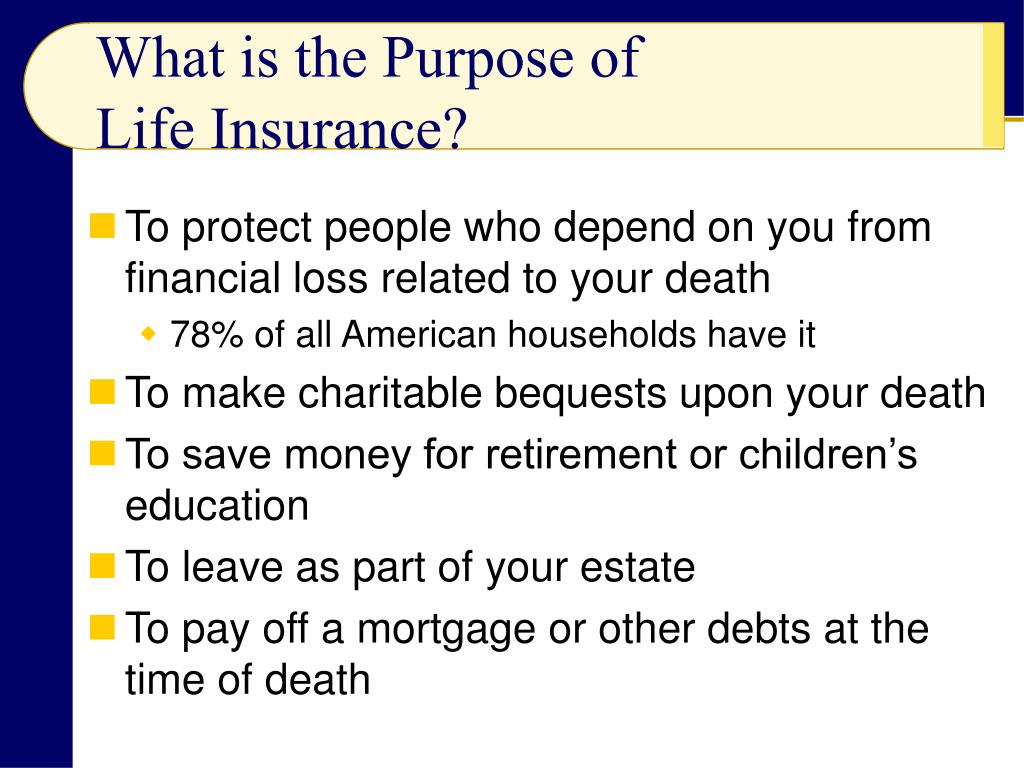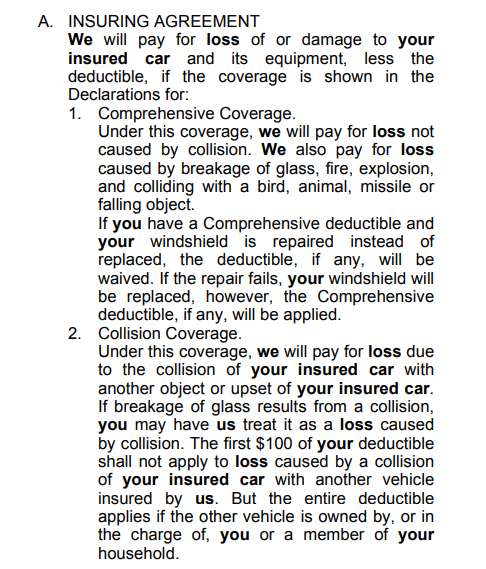Indicators on Pacific Prime You Need To Know
Indicators on Pacific Prime You Need To Know
Blog Article
Get This Report on Pacific Prime
Table of ContentsSome Known Facts About Pacific Prime.Not known Details About Pacific Prime How Pacific Prime can Save You Time, Stress, and Money.All about Pacific PrimeIndicators on Pacific Prime You Need To Know

This is because the information were accumulated for a duration of strong economic performance. Of the estimated 42 million individuals who were without insurance, almost regarding 420,000 (about 1 percent) were under 65 years of age, the age at which most Americans become qualified for Medicare; 32 million were grownups between ages 18 and 65, around 19 percent of all adults in this age group; and 10 million were children under 18 years of age, concerning 13.9 percent of all kids (Mills, 2000).
These price quotes of the number of individuals without insurance are generated from the annual March Supplement to the Current Populace Survey (CPS), performed by the Demographics Bureau. Unless otherwise kept in mind, national quotes of people without health and wellness insurance policy and proportions of the population with various type of coverage are based on the CPS, one of the most commonly made use of resource of quotes of insurance protection and uninsurance prices.
The 9-Minute Rule for Pacific Prime

Still, the CPS is particularly helpful because it produces yearly quotes relatively promptly, reporting the previous year's insurance policy coverage approximates each September, and because it is the basis for a consistent set of price quotes for even more than twenty years, permitting analysis of patterns in protection over time. For these factors, in addition to the comprehensive use of the CPS in various other research studies of insurance policy coverage that exist in this report, we count on CPS quotes, with limitations noted.

The estimate of the variety of without insurance individuals expands when a populace's insurance policy condition is tracked for a number of years. Over a three-year duration starting early in 1993, 72 million people, 29 percent of the united state population, were without protection for a minimum of one month. Within a single year (1994 ), 53 million people experienced at the very least a month without protection (Bennefield, 1998a)
Six out of every 10 without insurance grownups are themselves employed. Although working does enhance the probability that and one's member of the family will certainly have insurance, it is not an assurance. Also participants of family members with two full time wage income earners have nearly a one-in-ten possibility of being without insurance (9.1 percent without insurance price) (Hoffman and Pohl, 2000).
Indicators on Pacific Prime You Need To Know
New immigrants represent a significant percentage of individuals without health insurance policy. One analysis has actually connected a significant section of the recent development in the size of the united state uninsured populace to immigrants who showed up in the country in between 1994 and 1998 (Camarota and Edwards, 2000). Recent immigrants (those that involved the USA within the past 4 years) do have a high rate of being without insurance (46 percent), but they and their kids make up just 6 percent of those without insurance policy nationally (Holahan et al., 2001).
The partnership between wellness insurance coverage and accessibility to care is well established, as documented later in this phase. The partnership between health insurance coverage and health end results is neither straight neither simple, a substantial clinical and health services research literary works links health insurance coverage to improved access to care, much better high quality, and enhanced personal and population wellness status.
Levels of analysis for examining the effects of uninsurance. This conversation of medical insurance protection focuses mainly on the U.S. population under age 65 due to the fact that practically all Americans 65 and older have Medicare or other public coverage. Furthermore, it focuses particularly on those with no health insurance for any size of time.
The Best Guide To Pacific Prime
The problems faced by the underinsured are in some aspects similar to those faced by the without insurance, although they are generally less serious. Health insurance policy, nonetheless, is neither necessary nor adequate to gain access to medical services. The independent and straight effect of health and wellness insurance coverage on access to health services is well established.
Others will obtain the health treatment they need even without wellness insurance coverage, by spending for it expense or seeking it from providers that supply treatment free or international health insurance at extremely subsidized rates. For still others, medical insurance alone does not guarantee invoice of treatment as a result of various other nonfinancial barriers, such as a lack of health treatment service providers in their community, limited access to transport, illiteracy, or etymological and cultural differences.
Some Ideas on Pacific Prime You Should Know
Official research study concerning uninsured populaces in the United States dates to the late 1920s and very early 1930s when the Committee on the Cost of Medical Care created a series of records about funding medical professional office gos to and hospital stays. This issue came to be salient as the varieties of clinically indigent climbed up during the Great Depression.
Report this page